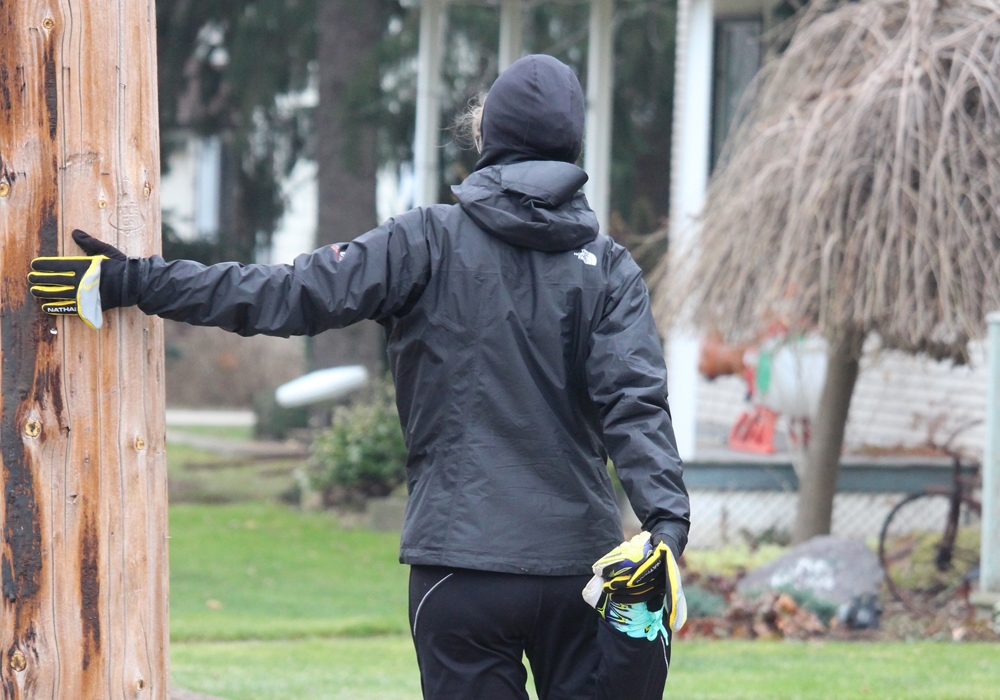A student from the University of Waterloo is running parallel to the Line 9 pipeline from Sarnia all the way to Montreal to bring attention to Chippewas of the Thames First Nations’ Supreme Court case.
Coming from the Supreme Court, COTTFN is appealing the Federal Court of Appeal, which upheld a National Energy Board decision to grant the expansion of the annual capacity of Line 9.
However, COTTFN say they were not consulted on this expansion.
Rachel Thevenard had run some 276 kilometers before stopping at York for food and rest.
“It’s a terrible project that affects many communities,” says Thevenard. “The pipeline goes right through a Metis First Nations’ reserve, none of whom have been consulted.”
“It also goes through 99 cities, towns, and villages. It’s literally guaranteed to spill. It’s been determined by a bitumen expert that this pipeline will burst within the first five years, so it’s not a question of if, it’s a question of when.”
The pipeline goes through the Grand River watershed, says Thevenard, the St. Lawrence River, and many ecologically sensitive waterways, all of which lead to the Great Lakes, which provide drinking water for tens of millions of people.
COTTFN spokesperson Rochelle Smith reiterates that First Nations were not consulted.
“It’s the duty of the Crown to consult the First Nations,” says Smith. “They cannot delegate it to a third-party, which was Enbridge and the National Energy Board.”
In COTTFN’ first court case, they were fighting the National Energy Board because they hadn’t consulted with the Crown, she adds.
“We lost that case two to one,” says Smith. “One judge was in our favour, and he suggested to the Supreme Court as well. That’s our food, that’s our animals, that’s our habitat, and that’s what keeps us alive.”
Thevenard references the Enbridge incident in Michigan, one of the biggest oil spills in United States history, which she says, is a clear precedent.
Line 9 is the same age, diameter, type of pipe, […] the same company is taking a pipeline that’s meant to take conventional oil and switching it to diluted bitumen, says Thevenard.
“[Enbridge] took a 40-year-old pipeline filled with cracks and dents. They cannot even tell us how many cracks and dents are in this pipeline because the technology they use to detect pipeline features has a 20 per cent margin of error, which is completely unacceptable.”
Excalibur contacted Enbridge for comments regarding the run against Line 9 and the campaign released by COTTFN.
“The COTTFN issue is a legal matter that we would not comment on publicly,” says Graham White, Enbridge media relations.
“As far as the protest is concerned, we respect the right of any group or individual to express their views peacefully and legally, but we feel true progress can only occur with more productive types of collaborations and discussions.”
Ryan Moore, News Editor
Featured image courtesy of Lakita Photography.


